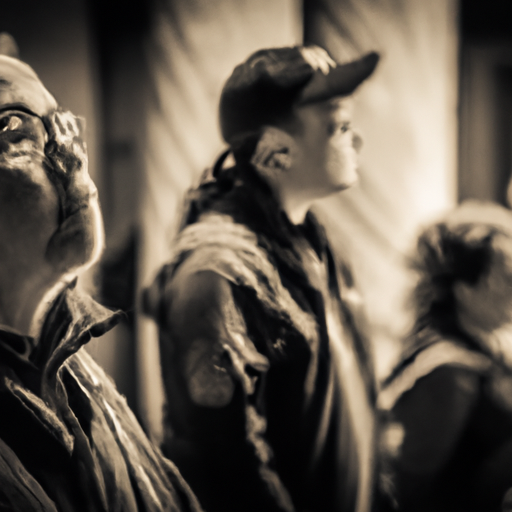The Expanding Canadian Battlefront on the Opioid Crisis: Indigenous Communities Lead Emergency Responses
Amidst the raging opioid crisis that Canada faces, some glimmers of hope and resilience are emerging from the Indigenous communities. In a heartening example of community response, a video report by APTN News throws light on some frontline efforts being made in this dire situation. Let’s dive deep into their story to understand how these communities are making a difference and where we stand in the face of the opioid crisis.
The Indigenous Community Response
The video report by APTN spotlights an organisation named “Saskatoon Indian and Metis Friendship Centre (SIMFC),” instrumental in assisting Indigenous communities in leading emergency responses to the opioid crisis. Located in one of the hardest-hit areas in Saskatoon, SIMFC has been a beacon of light for Indigenous people reeling from both the effects of opioid abuse and the class actions that have arisen due to it.
One of SIMFC’s standout initiatives is the setup of a “Safe Place” – a safe injection site for drug users. Instead of pushing the users further into the shadows, these centres maintain a non-judgmental environment where addicts can avail themselves of clean injection supplies and emergency lifesaving services. Volunteer staff also conduct wellness checks to the nearby homeless camps, often in sub-zero climates, carrying naloxone kits to save lives from overdose hazards.
The Effects of the Opioid Crisis
The opioid crisis has wreaked havoc in a myriad of ways:
- Homelessness: Due to the crippling addiction and the associated challenges, an increase in homelessness has been noted among opioid users.
- Crime: The desperate need for drugs has led to a rise in petty crime among addicts.
- Health Risks: The addicts face the dangers of overdose, which has seen an uptick due to the opioid substance Fentanyl’s use.
- Death: Deaths due to opioid overdose have dramatically escalated in the past few years, with the pandemic exacerbating the situation.
The Countering Measures
Reversing the effects of the opioid crisis, while a difficult task, is something Indigenous communities are attacking head-on.
- Safe Places: As mentioned above, centres like SIMFC are creating safe spaces for addicts to not only inject drugs in sanitary conditions but also avail trauma and addiction counselling, poverty law services and overdose response training.
- Naloxone Training: People are being trained to use naloxone – a lifesaving drug that can reverse the effects of an opioid overdose.
- Community Initiatives: Various community initiatives are working towards spreading information, offering support, and creating dialogue to mitigate and ultimately resolve the opioid crisis.
More About Naloxone
Naloxone is quickly becoming an essential tool in the fight against the opioid crisis. This medication is used to reverse the effects of an opioid overdose and has saved countless lives. With the right training, Naloxone can be administered intranasally or intramuscularly, providing crucial aid before medical help arrives.
Closing Thoughts
As Canada grapples with the damage caused by the opioid crisis, we must remember to shine a light on those who are fighting tirelessly against it. The Indigenous communities, like those assisted by SIMFC, are leading many heroic efforts in the face of resistance and adversity. They have taught us the importance of community, compassion, and unyielding action.
Their spirit serves as a beacon of hope, as they shed light on some harsh realities about the opioid crisis while showcasing the resilience of human nature. It’s another chapter in the ongoing Indigenous accountability narrative as their communities lead emergency responses to this crisis, an outstanding and commendable effort worth celebrating.


